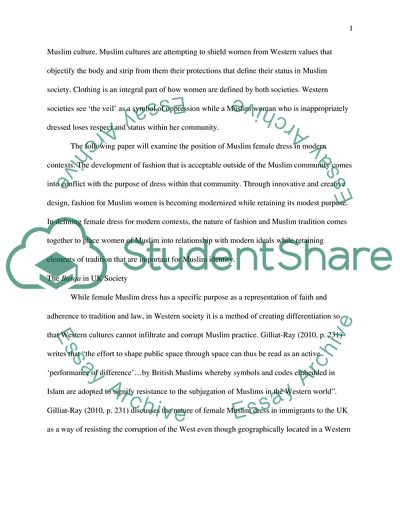Cite this document
(“Fashion and Muslim Traditional Dress Essay Example | Topics and Well Written Essays - 2000 words”, n.d.)
Retrieved from https://studentshare.org/visual-arts-film-studies/1615589-fashion-and-muslim-traditional-dress
Retrieved from https://studentshare.org/visual-arts-film-studies/1615589-fashion-and-muslim-traditional-dress
(Fashion and Muslim Traditional Dress Essay Example | Topics and Well Written Essays - 2000 Words)
https://studentshare.org/visual-arts-film-studies/1615589-fashion-and-muslim-traditional-dress.
https://studentshare.org/visual-arts-film-studies/1615589-fashion-and-muslim-traditional-dress.
“Fashion and Muslim Traditional Dress Essay Example | Topics and Well Written Essays - 2000 Words”, n.d. https://studentshare.org/visual-arts-film-studies/1615589-fashion-and-muslim-traditional-dress.


